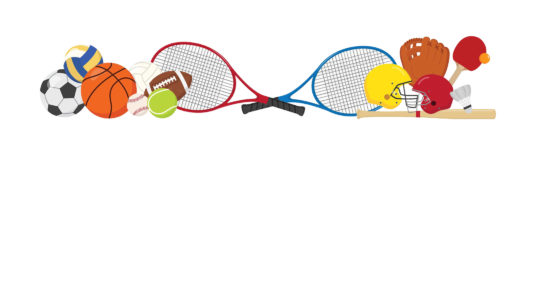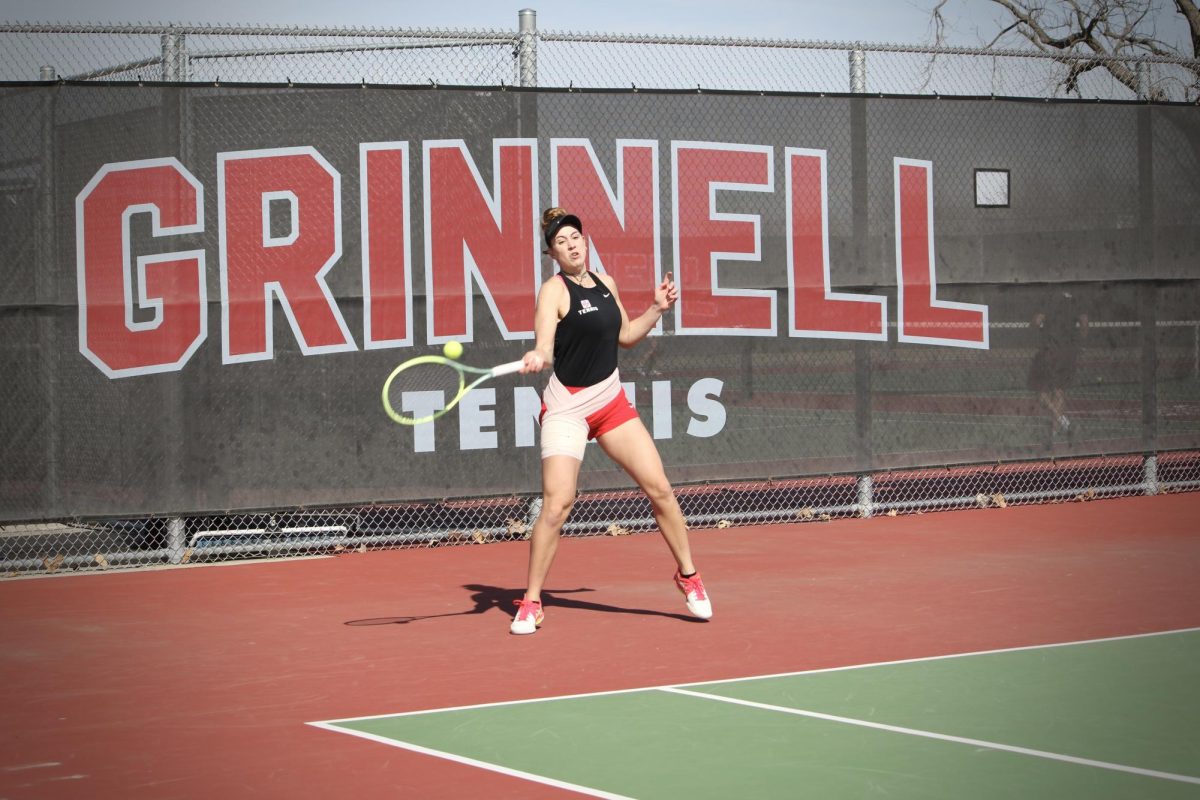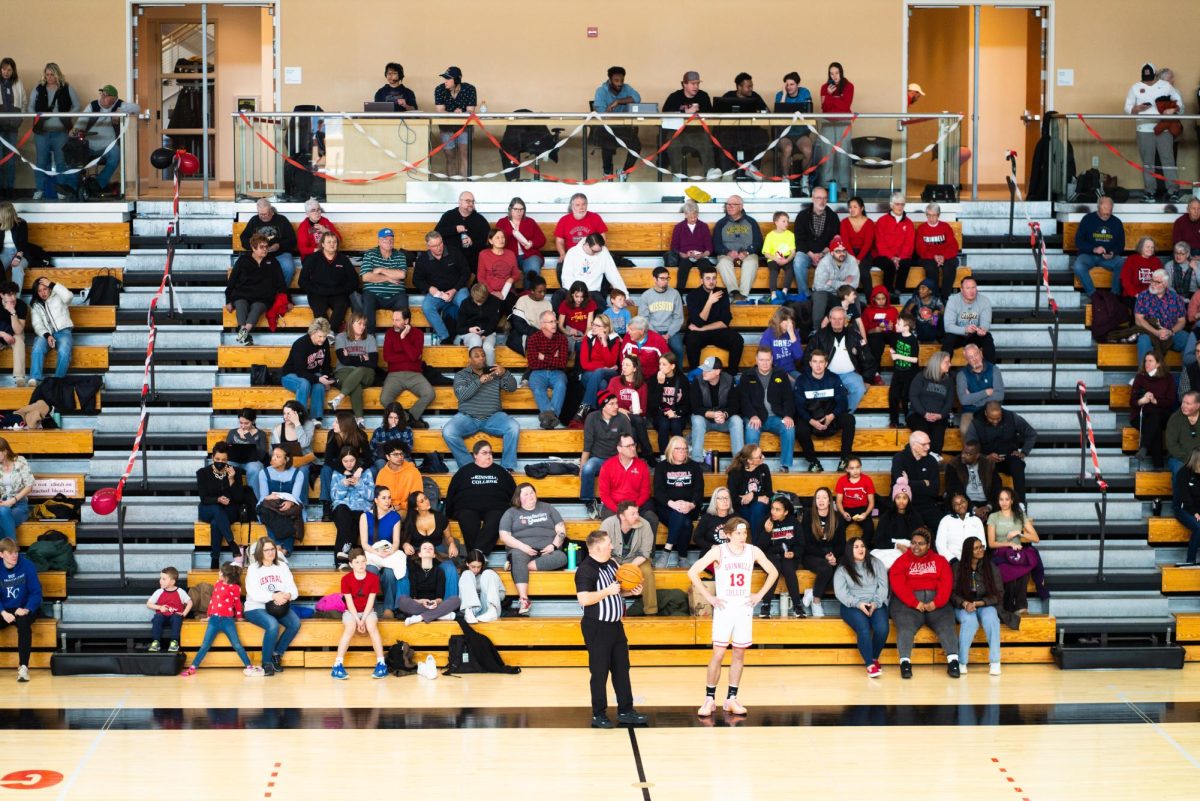
Last month Major League Baseball (MLB) announced that “Chief Wahoo,” the Cleveland Indians’ mascot, will no longer appear as a logo on players’ hats or jerseys starting in the 2019-2020 season.
Now more cartoonish than ever before, the logo itself portrays a beaming, highly-caricatured, red-faced man with a feather tucked into his hair. In use since 1948, today Chief Wahoo smiles out from the top of hats which adorn the heads of Little Leaguers across the country, most of whom are probably blissfully unaware of the problematic racial and cultural implications that the symbol evokes.
A longstanding source of consternation in the baseball community, interest in the mascot issue was reignited when MLB Commissioner Rob Manfred declared it a top priority of his to do away with a logo that he deemed “no longer appropriate for use on the baseball field.”
Although its mascot has changed, the team name itself, “Indians,” is here to stay, which puts it at the bottom of a growing list of American professional sports teams that utilize stereotypical symbols of Native American culture and history to market their players and brand.
The Kansas City Chiefs (NFL), Atlanta Braves (MLB) and Washington Redskins (NFL) are just a few examples of teams that have been called out for their distasteful names. The Redskins and team owner Daniel Snyder have come under particularly intense criticism for refusing to yield to very public protests decrying the hurtful and insensitive nature of their name and logo.
Although professional franchises serve as high-profile examples of the conflicts that arise when mixing culture and branding, high schools and colleges are the most prevalent places for mascots and logos which allude to Native American tribes, traditions and figures. For example, in my hometown of Winchester, MA, the local public high school sports teams are called “the Sachems,” and our logo consists of a red-faced figure with a “chief’s headdress.” Of the thousands of students who suited up for the Sachems throughout their four years in high school, I doubt that very many even gave the logo and name a second thought — and that is a key part of the problem.
The silent and systematic degradation of Native American history and culture has been in place since Columbus “sailed the ocean blue in 1492,” and from then on many Americans have been all too content to forget the contentious nature of the interactions between settlers and Native peoples.
In school, most children are taught about the “Trail of Tears,” learning that diseases wiped out entire tribal populations and read ingabout the forceful resettlement of native communities. However, the underlying issues at play — conflicting notions of land ownership, cultural barriers, discriminatory leanings — are only touched on in a superficial way that allows for the proliferation of false and offensive notions of Native American culture in the sports sphere.
Though there are factions of Native American populations which do indeed support the usage of names such as “Redskins” for sports teams, the loudest voices arguing out against changing problematic names are those who have the biggest emotional stake in a team: long-time fans. It is understandable that some of these fans may have come to associate team names with meaningful family relationships or their hometowns, but it would be silly to value sentimentality over cultural respect.
Another major argument from those who wish to keep names such as the “Indians” is the fact that nearly every team name can be construed in an offensive light. For example, The College of the Holy Cross recently sparked a national debate as they considered whether to change their name from the “Crusaders.” While they eventually decided against it under pressure from famous alumni like Bob Cousy, who called the issue “political correctness run-a-muck,” the story raised questions about what constituted an offensive team name and who had the power and the right to advocate for a change.
At the end of the day, though, it is hard to understand how sports teams can continue to be allowed to play under names like the “Chiefs,” “Braves,” “Redskins” and “Indians,” whether it be a youth sports team or professional franchise.
By its very nature, any caricature of a cultural or ethnic group is inherently problematic because it exaggerates traits and appearances purely for effect. Furthermore, the fact that the legacy of the treatment of Native Americans in this country is riddled with inequity and violence only further necessitates the need for broad, institutional changes.
While it is wonderful that Chief Wahoo is finally going away, we are doing a disservice to attempts of cultural competency as long as “Indians” and other words like it remain in the American sports landscape.





























































